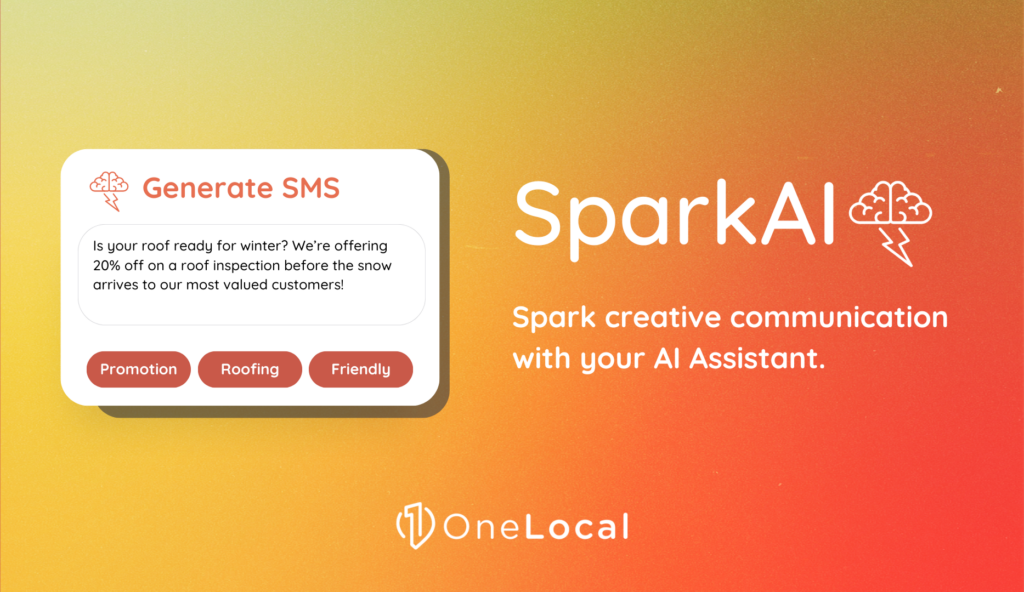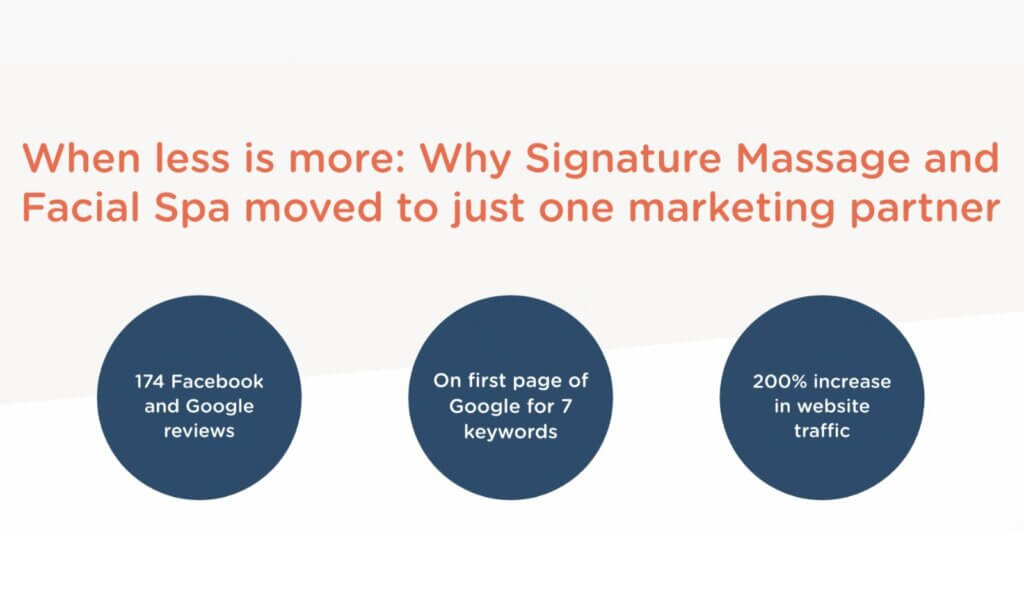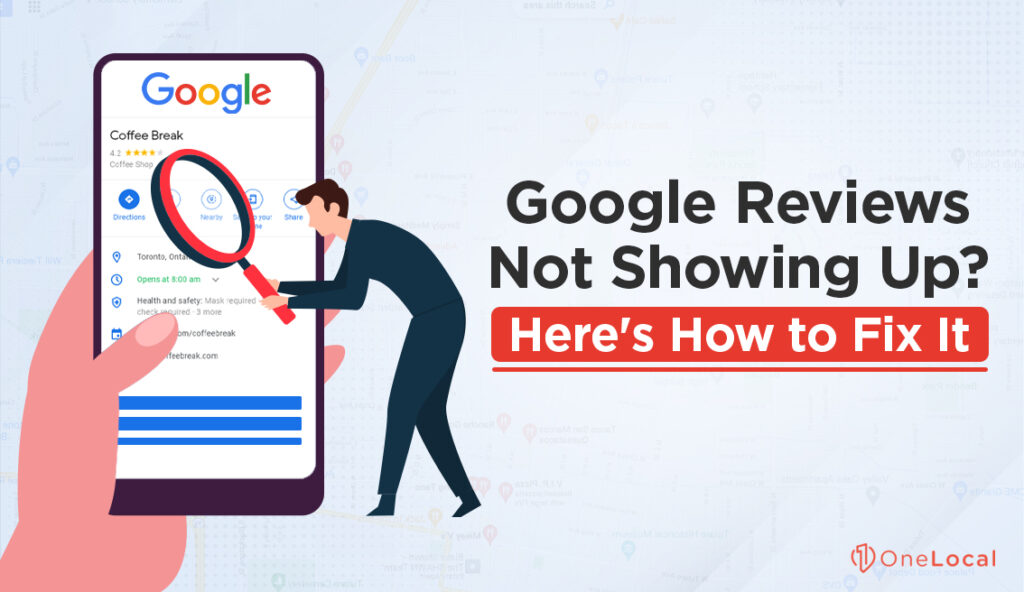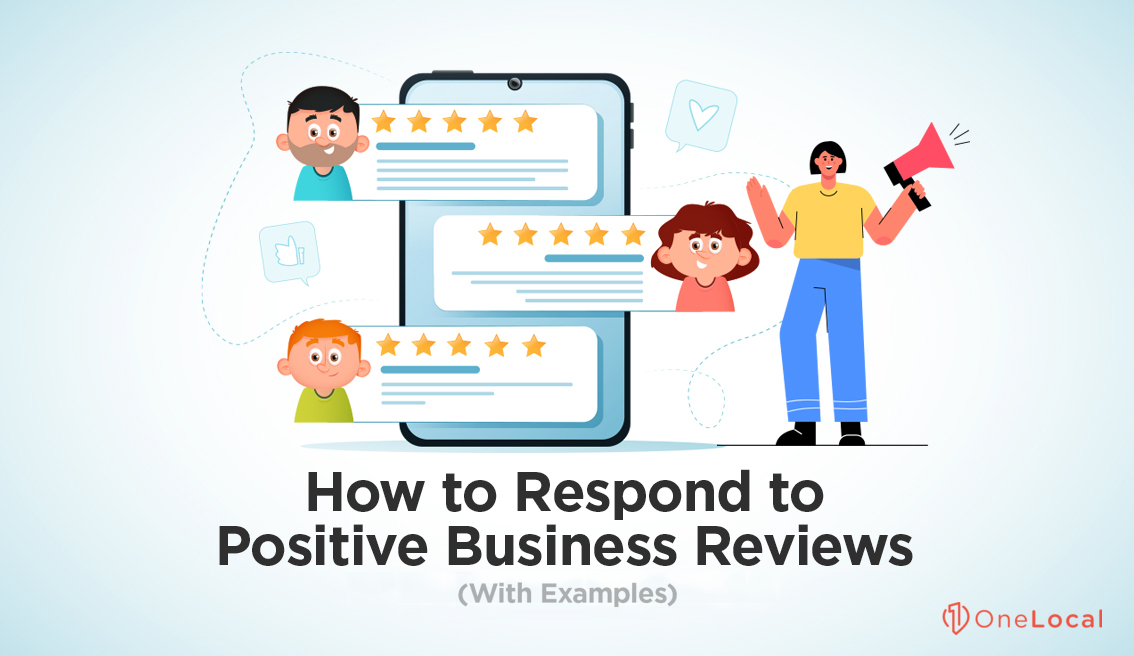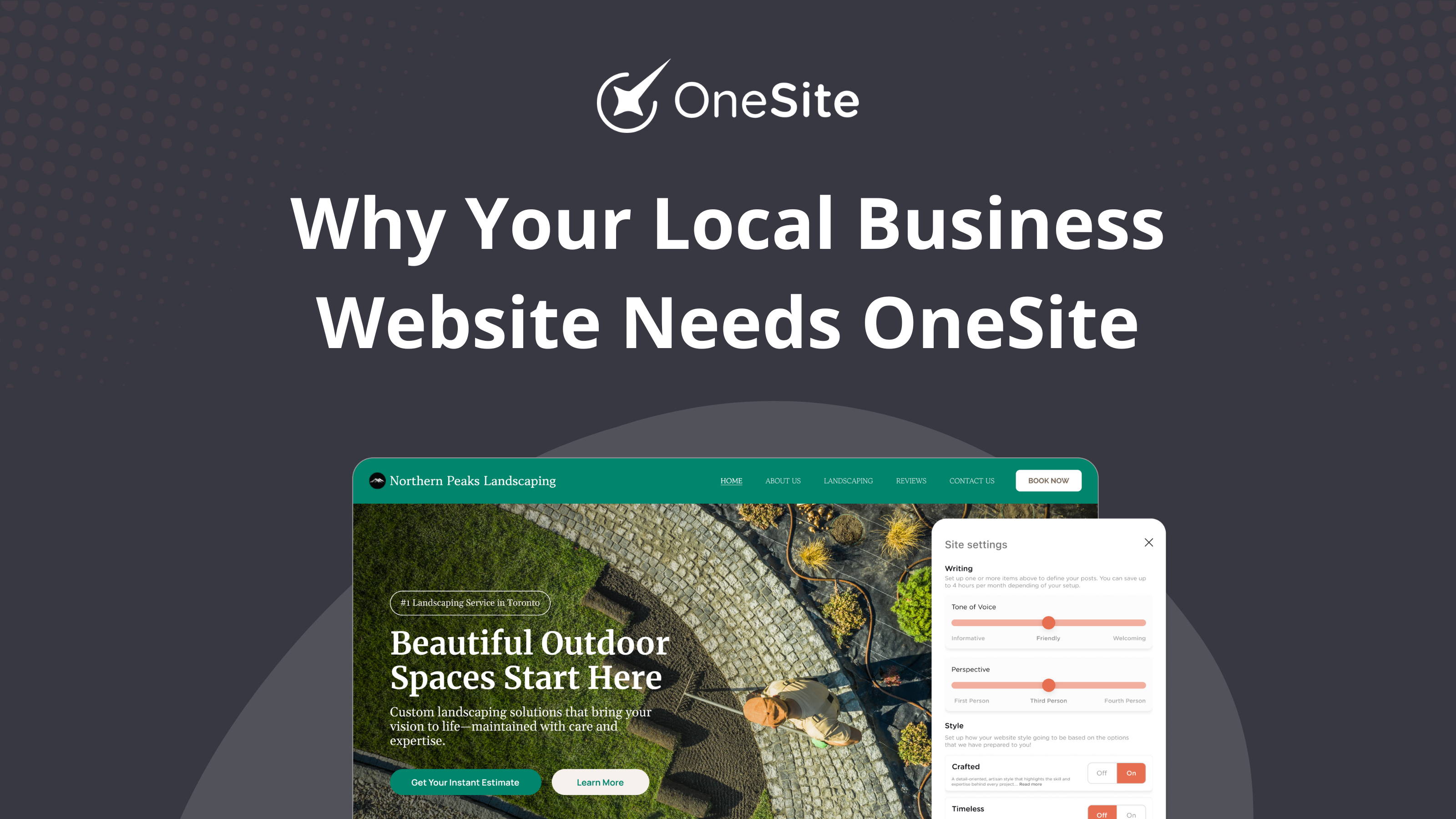Most review aggregator sites (like Google, Yelp, and TrustPilot) allow business owners to respond to reviews. This feature is used heavily for responses to negative reviews, so business owners can fish for more information, offer customer service, or refute the claims made by a fraudulent or exaggerating reviewer.
Did you know that it’s often a good idea to respond to positive reviews as well?
It’s true. Positive reviews are great for your business, so don’t leave them out in the cold. Here’s why and how you should respond to positive reviews.
Why Responding to Positive Reviews is a Good Idea
Positive reviews on their own are pretty valuable to a business. The average user reads a dozen or more reviews, both positive and negative, before deciding. Most savvy users will discount or entirely ignore basic positive reviews while lending more credence to negative reviews, making high-quality positive reviews even more important.

Responding to positive reviews gives you a lot of additional value, including:
It increases exposure to those positive reviews.
If you respond to a positive review, it will take up more real estate and, often, be pushed to the top of a reviews feed.

This situation depends heavily on the site the review is published to, but it can be effective. Additionally, you may be able to share and curate positive reviews. Someone leaving a positive review on Twitter, for example, makes it easy for you to retweet it and share it with a broader audience.
It helps the reviewer feel appreciated.
When a reviewer leaves a negative review, they’re motivated. They want something, whether it’s attention, the satisfaction of warning others away from your brand, direct offers of customer service, or compensation of some kind.

When a reviewer leaves a positive review, all they get out of it is the hope that someone else will take their review as valued and use it to make a decision. However, you can make them feel more appreciated and more valued by responding to their review.
It strengthens their relationship with you.
Responding to a positive review is like complimenting someone; it’s unexpected but pleasant. Remember that your reviewers are people who have enough of a relationship with you to be already fond of your product or service.

They feel recognized and appreciated when you respond to their review, which deepens their bond towards your brand.
It can benefit your SEO.
Depending on where the review is left, responding to it may even benefit your SEO.

Generally, this happens in three ways.
- A review on a third-party site gets more attention, which gives your site more attention, cascading into better search values.
- A review on Google can increase your business visibility in the search results.
- A review you curate on your website gives you more content to fuel the search algorithms.
The effect of an individual review is relatively minor, but it adds up, especially with the next section.
It encourages further reviews.
When users see that you’re an active and engaged business, they’ll be more likely to want to leave reviews.

They know they’ll get the recognition and appreciation for it, so they’ll be more likely to want to leave one of their own.
It may suppress some fake reviews.
People who leave fake reviews often do so because it’s an opportunity to fish for compensation, damage their competition, or cause chaos and stress. However, if someone is thinking of leaving a fake review and seeing that you’re thorough about responding to reviews, they may think twice. They will know that you call out, report, and address fake reviews and know theirs won’t stay up for long.

Now that you’re no doubt convinced that you should be responding to positive reviews as well as negative reviews – let’s discuss how.
How to Properly Respond to Positive Reviews
Like every other form of business communication, responding to positive reviews needs to be a well-thought-out decision. You need to ensure that you’re doing it the right way to encourage the above results and minimize the chances of something going wrong.

That means no off-the-cuff responses! Think things through, then respond to the review.
Respond promptly.
When customers leave a positive review, most people do so relatively quickly after making a purchase or after using a product or service. They may check for responses to their review for a few days, but if no response is forthcoming, they may forget about it entirely. If you want to maintain dialogue or keep them engaged, giving them a speedy reply is the best choice.

How does this square with “no off-the-cuff responses”? That’s why we’re going to provide you with examples below.
Thank the customer for their patronage.
A crucial part of responding to a positive review is expressing gratitude. Show the user that you’re appreciative of their review and also of their custom. Sometimes all it takes is a simple “Thanks for your review!”

Other times, you might want to leave something with a little more substance to it. “I appreciate you taking the time to leave a review of our service today.”
Personalize the review whenever possible.
Personalization of responses is perhaps the most critical part of leaving review responses. It’s also part of why you want to respond to reviews as quickly as possible – so you don’t forget a key detail you could use in your response. The simplest way to personalize a reply is to use the user’s name. “Hi Mark, thanks for your review!”

If you’re a small business and have personal relationships with individual customers, you can add that to your review response. “That noise your car was making sure was odd, but I’m glad we fixed it for you,” or, “I told your server, Janice, what you said, and she’s tickled pink about it.”
Avoid using the same template for every response.
While using a template is a good idea to speed up your review response process, it’s self-evident that you’re using the same one for every response. Worse, this eliminates many of the benefits that you get out of responding to reviews.
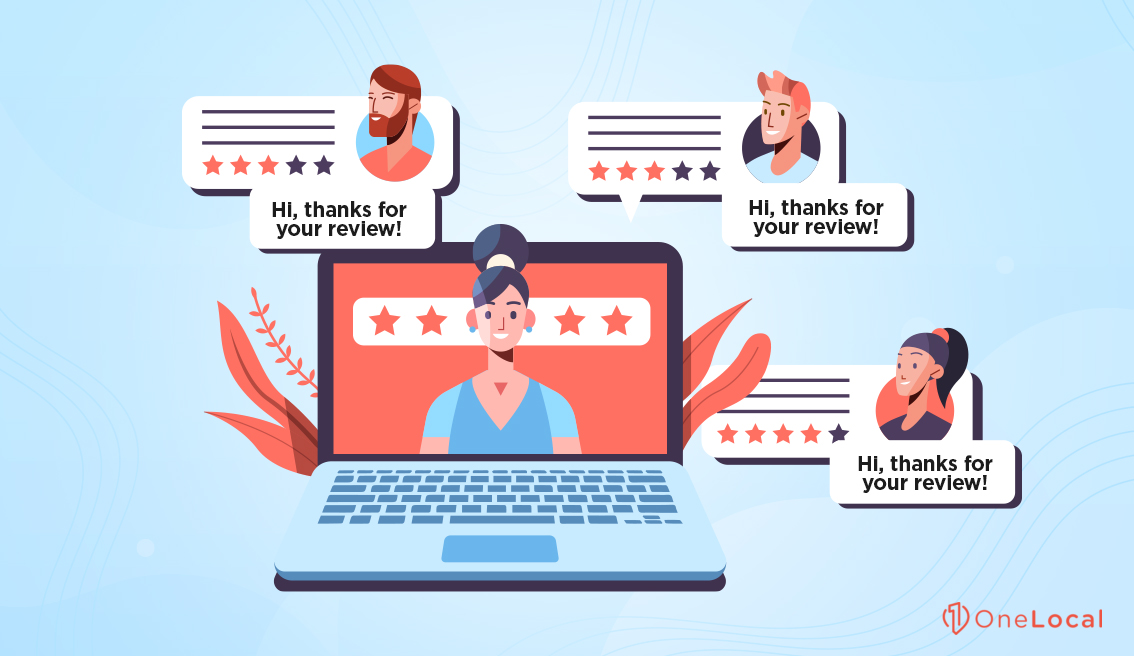
Users who see that you’re just leaving the same template response to every review will assume – rightly – that you’re not putting effort into it and might not even be doing it yourself. They won’t get that sense of appreciation, and, worse, they might lose some of their relationship with your brand rather than deepen it.
Invite further action.
Review responses can be an excellent way to add a call to action for some other step a user can take when they’re satisfied with your company and your service.
- If you offer a free drink on the house next time they stop in, it encourages a repeat visit.
- If you ask if they can post their review on your website or Google, you can gain more value from it.
- If you leave a link or mention of a resource you can provide them, like an instruction manual, it encourages them to explore your site to download it.
These strategies aren’t always possible, and in fact, some review sites will frown upon them.

The first one, for example, might be considered an incentive that “pays for” positive reviews and could get your reviews audited and removed. Be careful, and understand the rules of the platform you’re using.
Don’t dig too deep on SEO.
While reviews themselves have some SEO value, review responses are relatively low on the tier list for where value comes from. The fact is, the content is already indexed with the surrounding context of your brand name and any specifics the user mentioned.

By adding keywords to it, you might be muddying the waters. Worse, it can come across as though you don’t care about the review as much as you care about shoehorning in the full name of your brand or product into the response, which makes users less happy to see the reply.
Keep your responses reasonable.
Depending on your business, you may have different goals with your responses.
A small business might want to respond in a long-format way to every review to foster relationships and grow a base of highly motivated brand advocates.

An older business with moderate reviews might want to keep their review responses short but respond to every review. They don’t have a ton of time to write personalized replies, but they want to show their audience that their thoughts are valued.
A large business getting thousands of reviews a week might want to pick and choose specific reviews to respond to, highlight certain key business elements, and promote ongoing sales or other aspects of marketing.
You don’t need to bend over backward by responding to every review if it’s not going to be meaningfully helpful in the time you have to do it.
Examples of Review Responses
Let’s examine a few real-world examples of good responses left on positive reviews and what they’re doing right.
Example 1 – This review of a Hard Rock Café does personalization quite well. Note how they greet the reviewer by name.
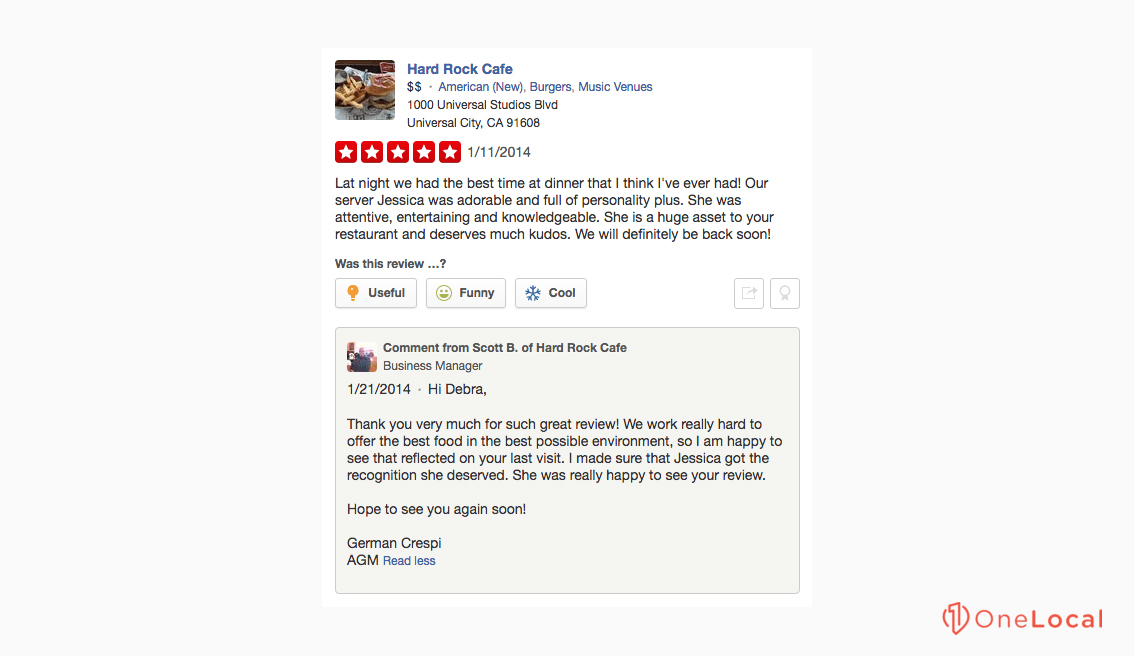
They also mention a detail from the review – the server’s name – and mention referring the review to her. This strategy makes the reviewer feel more personally appreciated and that their review had some benefit to someone else’s life. The review also ends on a soft CTA, with “hope to see you again soon,” encouraging a future visit.
Example 2 – This is a set of two reviews from the same company. Once again, notice how they call out the name of the reviewer personally.
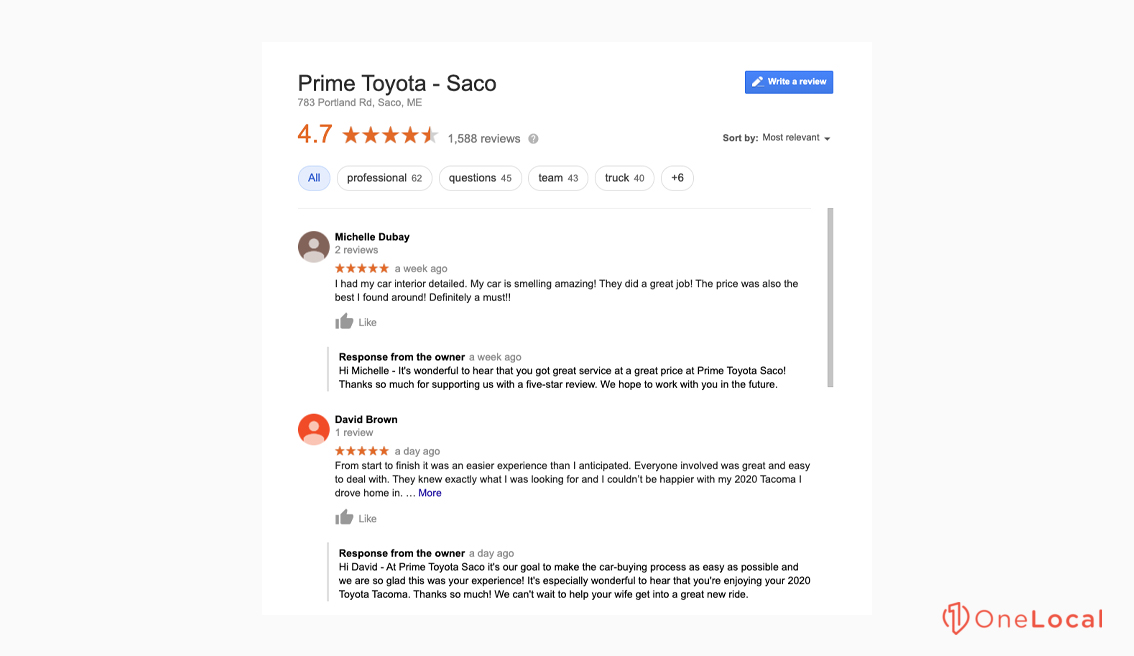
They both take elements of the personal relationship they formed with the customer to reflect in the review. Most importantly, note how the two reviews are different. While the dealership might use templates for their reviews, they have templates for different situations, so they don’t look like templates. Both of these look more or less genuinely written for the exact review, which is what you want.
Example 3 – This is an example of a positive review that has nitpicking and critiques, reflecting a real experience that may have started poorly but ended well.
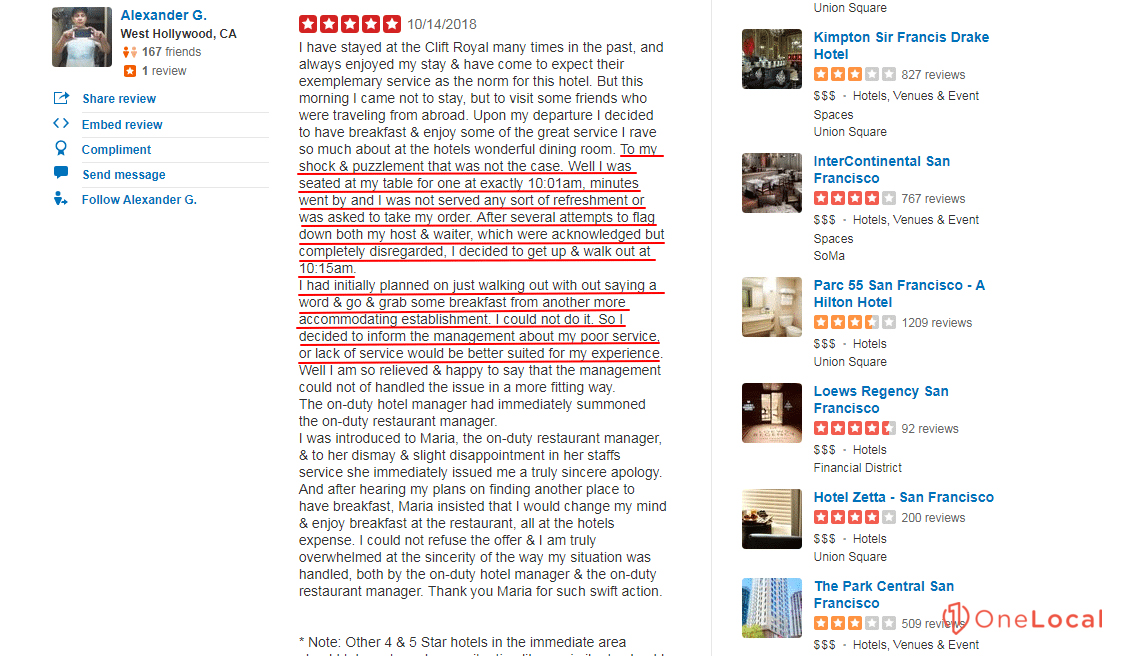
Note how the response to the review makes a special note to point out the unfortunate events and how the business resolved them. This kind of personalization is essential for these reviews because these are some of the most critical reviews. Users will read these in-depth, nuanced reviews and assume they’re the most accurate reflection of reality. So, responding to them is one of your most visible opportunities.
Example 4 – This is another example of a basic review response that hits all of the bases. It calls out the name of the reviewer to thank them.
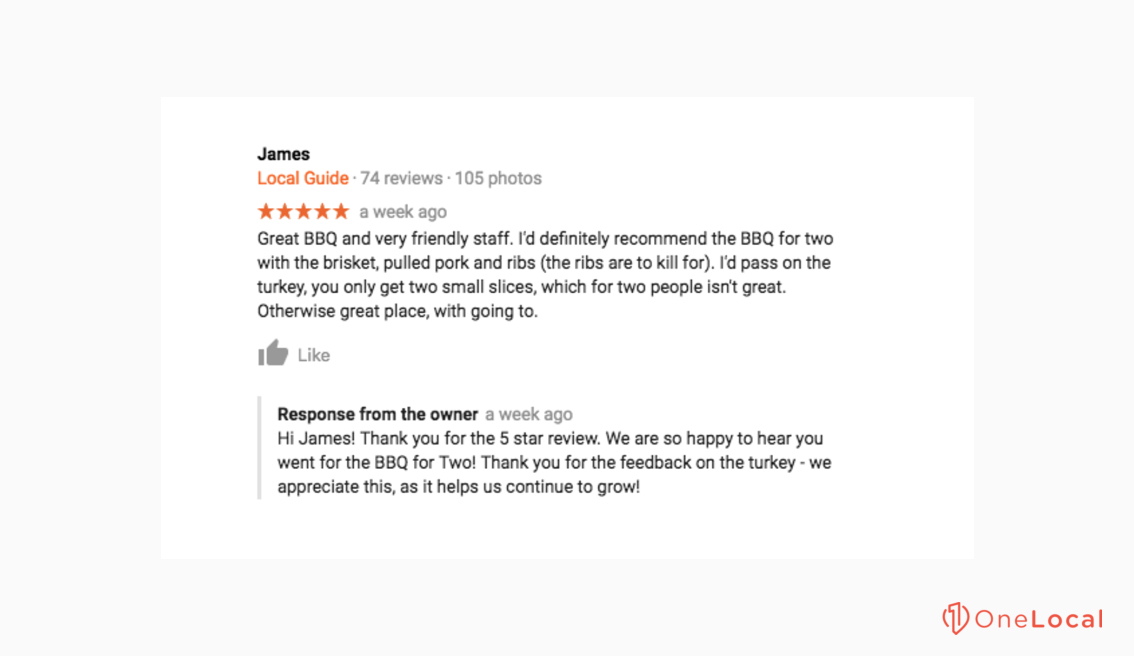
It makes mention of something specific from the review, namely the dish they purchased. It thanks them for their feedback specifically, tells the reviewer precisely why their comments are helpful and appreciated, and has the soft call to action to return sometime soon.
Example 5 – This example review response comes from a professional review response service, and in our opinion, it’s a little off-base.
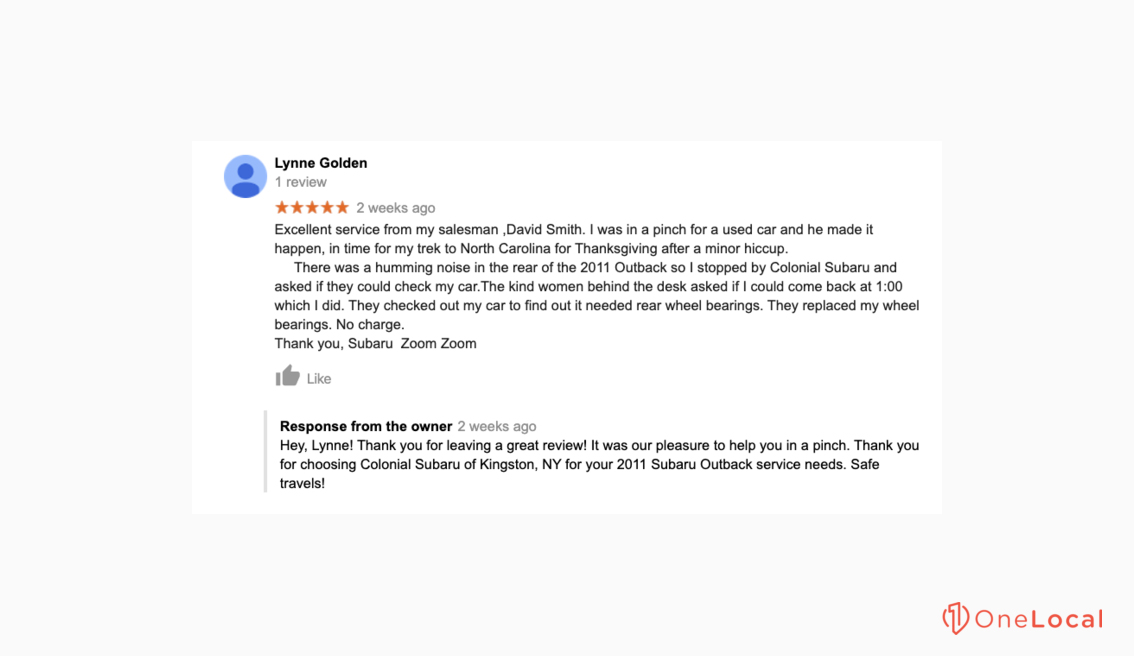
While reviews can be a good source of SEO value, this review response is only a couple of sentences long and includes two major keywords. It comes across as a little formulaic and generic, despite the personalization. The keywords don’t lend that much value – they’re better off on your website anyway – and everything else feels strongly like a template.
This example shows you that not everyone has the same idea of what makes a good review response. We believe that an organic, personalized reply favors relationships with the user over SEO value and is the best option. Other companies may have different ideas.
What do you think? Have you spent some time reading and responding to your reviews? Do you have any specific techniques or templates you like to use? If so, please let us know in the comments area! We’d love to hear what is working for you and to get a discussion going.

Rachel Solway is a seasoned marketing professional dedicated to empowering small businesses through innovative marketing strategies. With extensive experience at OneLocal, a leading marketing solutions provider, Rachel’s insights are helping thousands of local businesses navigate the digital landscape.

